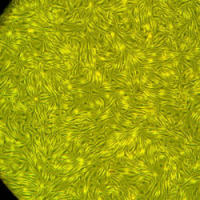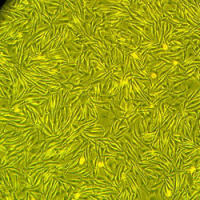Neurobehavioral assessment plays an important role in both adult and neonatal models of cerebral hypoxia–ischemia (NHI), since the final goal of such basic research is to identify new information leading towards novel approaches in human medical treatment. In animal NHI model, behavioral deficit is typically manifested as potential delay in the emergence of neurological reflexes and the time course of reflex performances after the development of neurological reflexes which represent hallmarks of nervous system development (Anim Behav 23:896–920, 1975; J Comp Neurol 175:207–231, 1977; Brain Res 28:85–95, 1971; Brain Res 33:303–314, 1971). Early motor coordination tests are performed on the NHI models because these tests are closely correlated with long-term functional deficits measured by water-maze test (Behav Brain Res 145:209–219, 2003). This chapter introduces a brief history of neurobehavioral assessment of NHI, followed by procedures of representative neurological reflexes (righting reflex, negative geotaxis, and gait) and an early motor coordination test (grid walking and foot-fault test), as well as the required materials and tools to perform such assessments.






